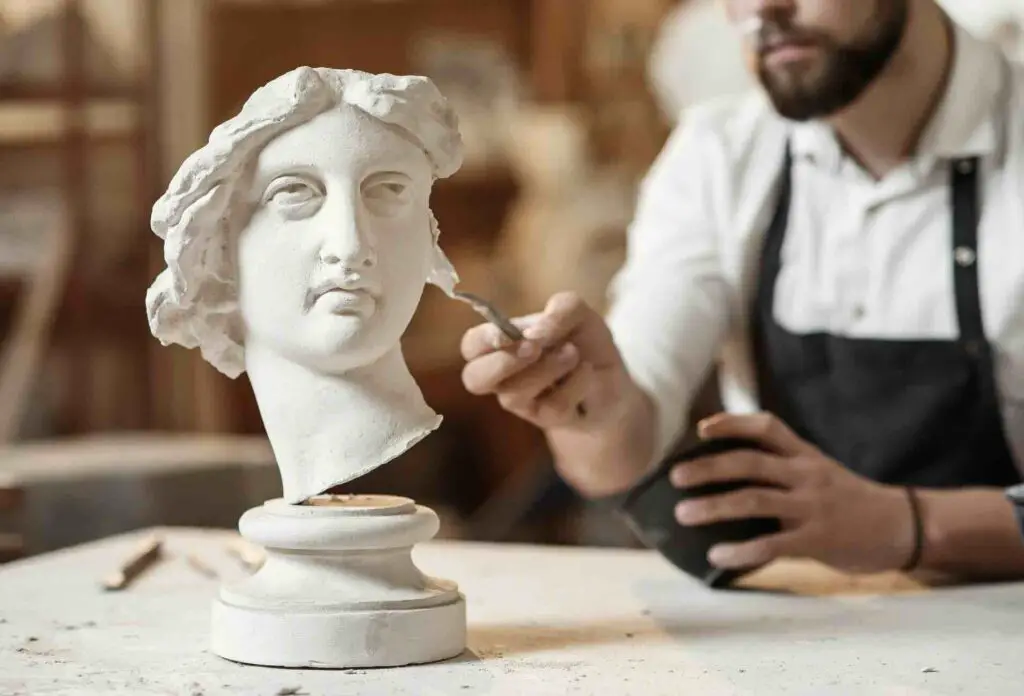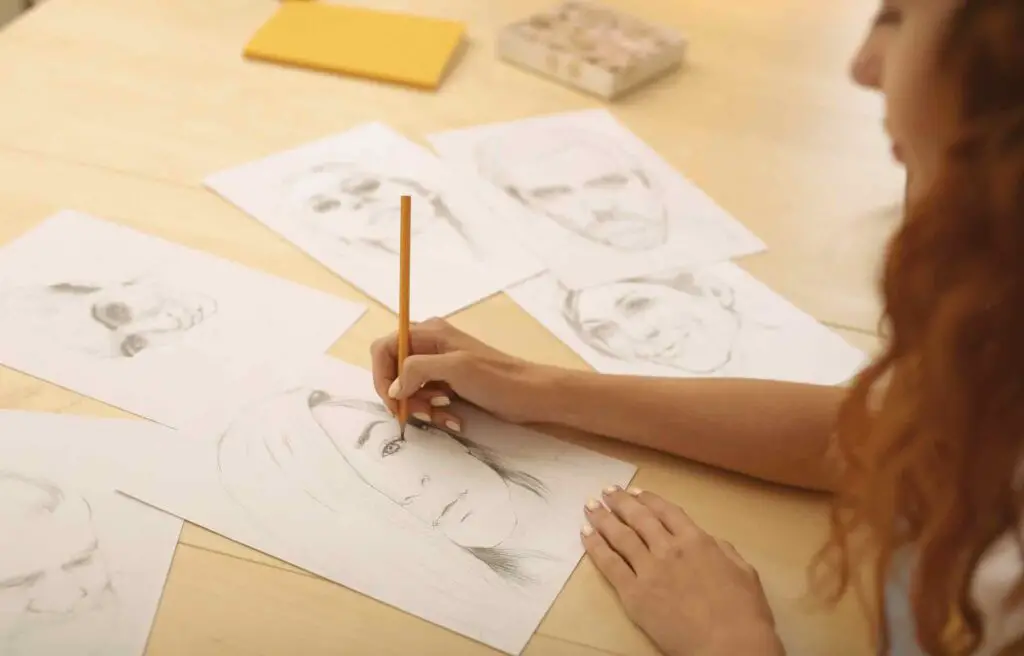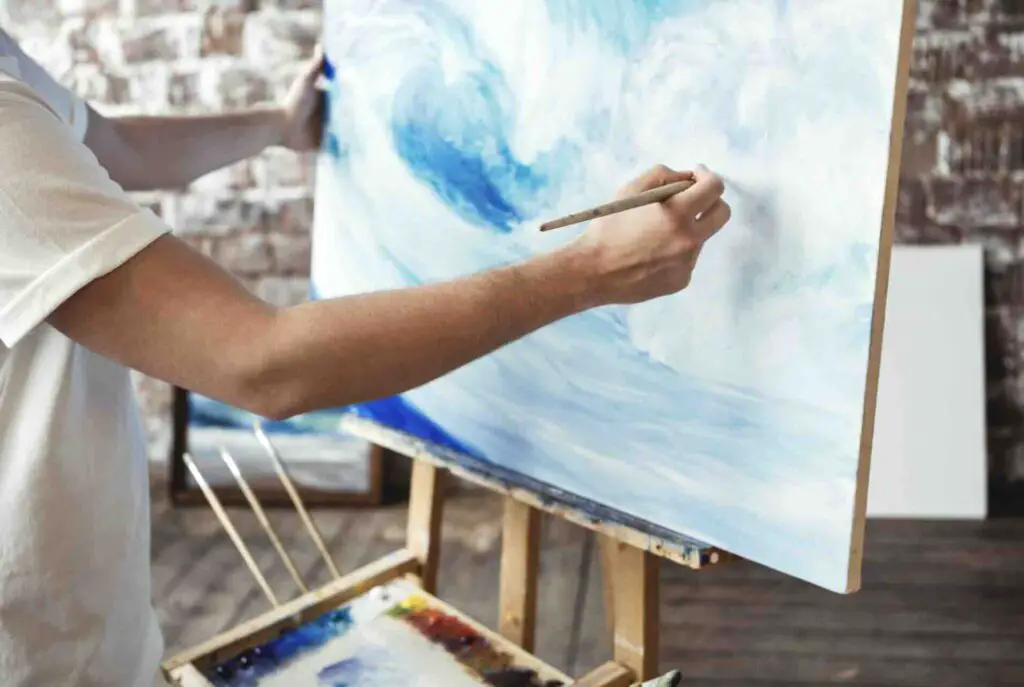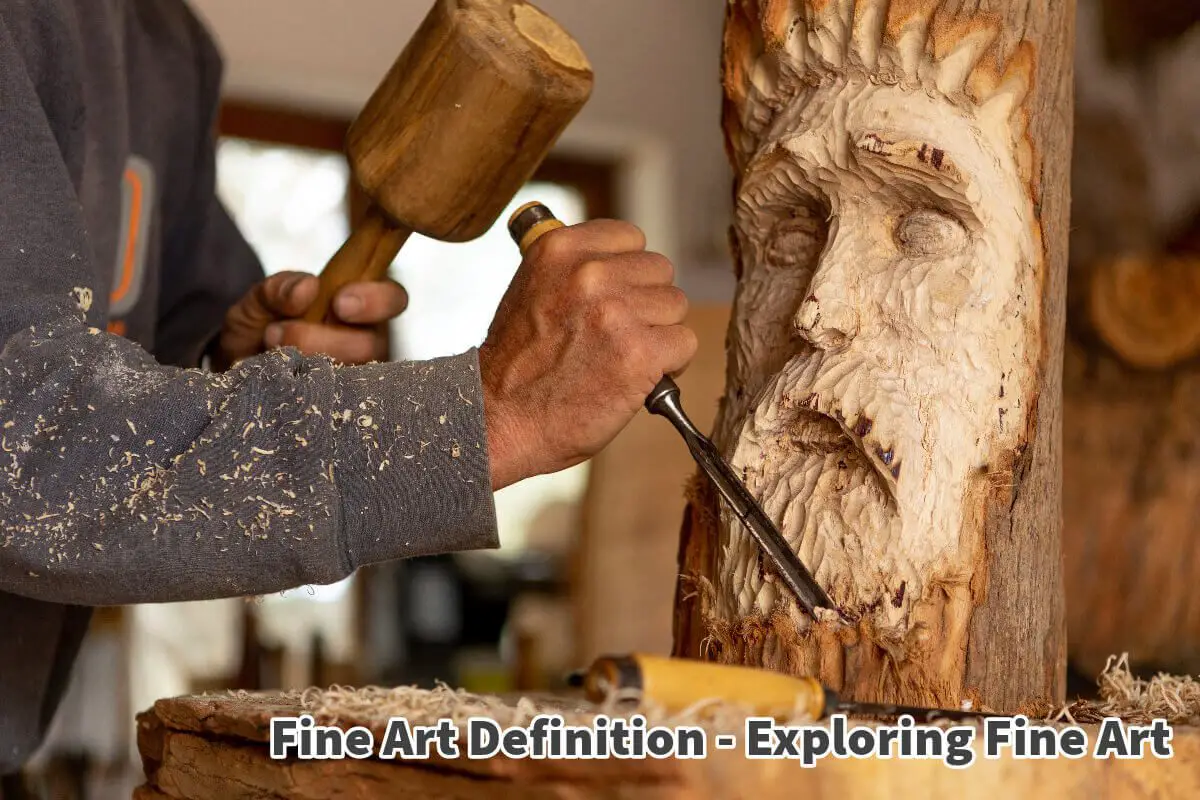Fine art, a captivating and multifaceted realm of creative expression, has captivated and stirred the human spirit for centuries. Its origins are deeply intertwined with aesthetics, the pursuit of beauty, and the boundless realms of artistic vision. Beyond practical purposes, fine art serves as a conduit for stirring emotions, igniting contemplation, and igniting meaningful discourse.
Join us on an illuminating journey as we delve into the essence of fine art, seeking to define its essence, trace its rich evolutionary tapestry, and explore its profound impact across diverse forms and disciplines.
Table of Contents
- Fine Art Unveiled: Exploring The Definition, Evolution, And Significance
- Defining Fine Art
- The Evolution Of Fine Art
- The Significance Of Fine Art
- Related Questions
Fine Art Unveiled: Exploring The Definition, Evolution, And Significance
Fine art, an exquisite and multifaceted realm of creative expression, has enthralled and inspired humanity for centuries. With its roots deeply embedded in aesthetics, beauty, and artistic vision, fine art transcends mere functionality to evoke emotions, provoke thoughts, and spark dialogue.
Read on as we embark on a journey to unravel the essence of fine art—defining it, tracing its evolution, and delving into its profound significance across various forms and disciplines.
Defining Fine Art
Fine art, at its core, is a category of artistic creation primarily valued for its aesthetic and emotional impact. Unlike applied art, which is created with a functional purpose in mind, such as designing objects or decorating spaces, fine art prioritizes the pursuit of beauty, meaning, and artistic expression.
Fine art encompasses a wide array of visual and non-visual mediums, including but not limited to:
Painting:
Fine art painting spans various styles and techniques, from classical oil paintings to contemporary abstract works. Artists employ a myriad of materials, colors, and textures to convey their unique visions and evoke emotional responses from viewers.

Sculpture:
Sculptors shape and manipulate materials like stone, wood, metal, or clay to give life to three-dimensional masterpieces. Sculpture can range from classical statues to avant-garde installations that challenge conventional notions of form.

Drawing:
Fine art drawing encompasses a wide spectrum of techniques, from intricate pencil sketches to expressive charcoal renderings. Drawings often serve as the initial conceptual sketches for more elaborate artworks.

Watercolor:
Watercolor painting, known for its delicate and transparent qualities, is a beloved medium in fine art. Artists employ watercolor to create ethereal landscapes, portraits, and scenes that capture the imagination.

Graphics:
Fine art extends to graphic design, where artists blend typography, imagery, and layout to convey artistic messages and provoke thought. Graphic art encompasses posters, printmaking, and digital design.

Architecture:
Fine art architecture combines form and function to create visually captivating structures that stand as works of art themselves. Iconic landmarks and architectural marvels epitomize this fusion of aesthetics and utility.

Fine art pieces are often produced as unique, one-of-a-kind creations or in limited editions, enhancing their rarity and intrinsic value. This exclusivity distinguishes fine art from mass-produced, functional artworks.
The Evolution Of Fine Art
The concept of fine art has evolved and adapted over centuries, shaped by cultural, societal, and technological shifts. It has absorbed influences from diverse artistic movements, each leaving an indelible mark on its trajectory.
Here, we briefly explore key epochs in the evolution of fine art:
Classical Art:
Ancient civilizations such as Greece and Rome produced classical art characterized by idealized forms, harmonious proportions, and a reverence for realism. Marble sculptures like the Venus de Milo exemplify the timeless allure of classical aesthetics.
Renaissance Art:
The Renaissance marked a rebirth of European artistic innovation, celebrating humanism, perspective, and scientific accuracy. The works of Leonardo da Vinci, Michelangelo, and Raphael epitomize this era’s achievements.
Baroque Art:
Baroque art, with its grandeur, drama, and intricate detailing, flourished in the 17th century. Caravaggio’s chiaroscuro technique and Gian Lorenzo Bernini’s sculptural mastery exemplify the Baroque’s dynamism.
Romanticism:
The Romantic movement of the 19th century embraced emotional intensity, nature’s sublime beauty, and individual expression. Artists like J.M.W. Turner and Caspar David Friedrich captured the essence of the Romantic era.
Impressionism:
Impressionist artists of the late 19th century, including Claude Monet and Pierre-Auguste Renoir, defied traditional techniques with their focus on capturing fleeting moments and atmospheric effects.
Modern and Contemporary Art:
The 20th and 21st centuries have witnessed a proliferation of artistic movements, from Cubism and Surrealism to Abstract Expressionism and Pop Art. Contemporary artists like Yayoi Kusama and Banksy continually push the boundaries of artistic expression.
The Significance Of Fine Art
Fine art plays a multifaceted and profound role in our lives and society, transcending its aesthetic allure to serve as a powerful catalyst for reflection, expression, and cultural discourse. Here are some key facets of its significance:
Reflection And Expression:
Fine art serves as a mirror to society, reflecting its values, beliefs, and evolving perspectives. Artists use their creations to express their inner worlds, emotions, and observations, inviting viewers to engage in introspection and empathy.
Cultural Preservation: Fine art often encapsulates the cultural heritage and history of a particular time and place. It serves as a valuable record of human experiences, traditions, and societal shifts, ensuring that our collective memory endures.
Provoking Thought:
Many fine artworks challenge the status quo, spark dialogue, and provoke critical thinking. They serve as vehicles for social commentary, addressing issues such as identity, politics, inequality, and environmental concerns.
Emotional Impact:
Fine art possesses the power to evoke a wide spectrum of emotions—joy, sorrow, awe, and introspection. It provides a cathartic and therapeutic outlet for both artists and viewers alike.
Inspiration And Innovation:
Fine art has a profound influence on other creative disciplines, inspiring musicians, writers, designers, and architects. The cross-pollination of artistic ideas fuels innovation and creativity across various domains.
Cultural Identity:
Fine art is an integral part of cultural identity, shaping how societies perceive themselves and how others perceive them. It often serves as a source of national pride and global recognition.
Fine art enriches our lives in countless ways with its deep-rooted emphasis on aesthetics, beauty, and artistic expression. Its evolution through history, from classical ideals to contemporary experimentation, mirrors our ever-changing world.
The significance of fine art extends far beyond its visual appeal, touching upon themes of reflection, cultural preservation, thought-provocation, emotional resonance, inspiration, and cultural identity.
As we continue to engage with fine art in its various forms—painting, sculpture, drawing, watercolor, graphics, and architecture—we embrace the enduring legacy of artists who have harnessed the power of creativity to shape our perceptions, challenge conventions, and illuminate the human experience.
Fine art remains a testament to the enduring power of human imagination and the timeless pursuit of beauty, meaning, and expression.
Anita Louise Art is dedicated to art education, great artists, and inspiring others to find and create their art. We love art that uplifts and inspires. #ArtToMakeYouSmile! #ArtToMakeYouHappy!
If you are interested to see any of my art, you can find out more by clicking here. If you are interested in what inspires me and my paintings, you can discover more by clicking here.
We have a free newsletter and would love you to be part of our community; you can subscribe to the newsletter by clicking here. If you have any questions, I would be happy to talk to you at any time. You can reach me, Anita, by clicking here.
Subscribe to our Anita Louise Art YouTube Channel filled with great videos and information, by clicking here.
Related Questions
What Is The Difference Between Fine Arts And Visual Arts?
Fine art is a broad term used to describe many different types of art; one of the arts under the umbrella of fine art is visual arts. Fine arts can include arts such as music, theatre, dance, literature, and art forms. In contrast, Visual art is about only visual arts such as painting, sculpture, or filmmaking.
By clicking here, you can discover more by reading What Is The Difference Between Fine Arts and Visual Arts?
Is Procreate Easier Than Photoshop? What Should An Artist Learn?
Procreate is a much easier computer program to learn than Photoshop, especially if you are new to the Adobe program. The Procreate program is a great computer program to lay out your artwork before painting on the canvas. Photoshop can also design your artwork, but as it is a more robust program than Procreate, it will take much longer to master.
You can discover more by reading Is Procreate Easier Than Photoshop? What One Should An Artist Learn? by clicking here.
Where Did Art Come From?
Many historians believe art started first in Africa; many ancient forms of art have been found worldwide. Cavemen art is some of the earliest forms of art. Many cultures put art on their bodies through tattooing and other art forms.
By clicking here, you can discover more by reading Where Did Art Come From?


